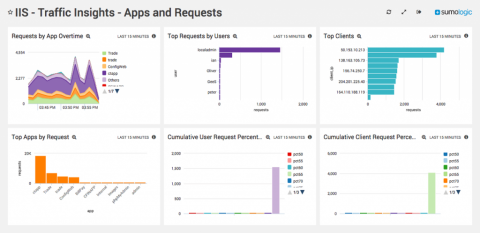Now FedRAMP Ready, Sumo Logic Empowers Public Organizations
As we continue to adopt a digital-first mentality globally, there’s a massive shift to the cloud happening within federal agencies. While the sector has traditionally been slower to adopt new technologies, these agencies are understanding the urgent need to transition from legacy on-premise systems to more scalable and secure, cloud-based architectures.



